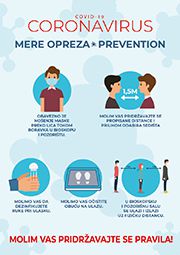News
Outstanding Finale оf the 32nd International Festival of Children’s Theatres Subotica
Back to...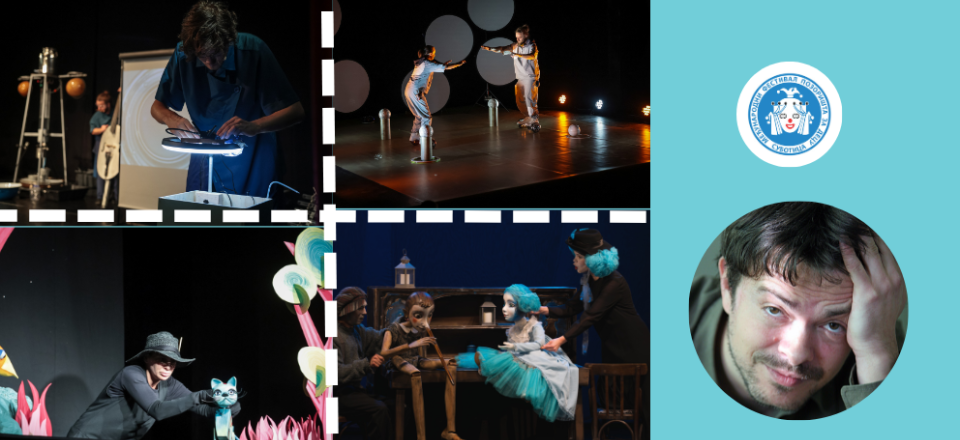
It is now clear: the audience and guests of the 32nd International Festival of Children's Theatres - Subotica thoroughly enjoyed the main program. The last four performances justified their festival invitation proving that theatre for children and young people is a force to be reckoned with.
The play Blup and the Faces of Water from Slovenia was staged in the format of an educational /entertainment program for youth. To older audience members, Sunday Entertainment, a television show hosted by actors Slavko Štimac and Zijah Sokolović, will surely come to mind. Since that was a production of TV Sarajevo, Branko Milićević (also an actor turned host) show Cube, Cube, Cubelet might be a more familiar example. The play Blup and the Faces of Water possesses the exact attributes of such shows: its characters captivate children's attention with their playful antics while teaching them new things and developing their imagination. Just how effective the whole ordeal was could be seen during the performance itself: the children screamed with excitement and - after the play ended - lined up in front of the water-filled balloons. I believe that, in the days that followed, children from the audience constantly asked their teachers’ permission to go to the bathroom - from where they all came back wet.
On stage, the Kuskus Institute (as producer) and Peter Kus (author and one of three performers alongside Gašper Lovrec and Filip Šebšajević) created a believable miniature laboratory. The show opens with the question of water and its forms, moving to a fantasy concept of Blup, an unusual water creature who begins appearing in everything on stage contaiing at least a drop of water. The actors successfully portray his various forms mainly through excellent physical technique, pantomime and effects they create by throwing themselves around the stage or pouring water from one container to another, etc. Between the scenes in which they portray lab technicians searching for an unusual creature or discovering another aggregate state of water, the actors also proved themselves to be excellent musicians playing various instruments with elements of puppetry innovation (some, for example, are handmade to resemble a saxophone).
The performance I Can Fly Too by the Eskisehir Metropolitan Municipality City Theatres (Turkey) took the audience back to a time of preschool education when colours, sounds and movements were much more important than science and education... when our attention—and the attention of today's children—was very much captivated by animals, their traits and relationships that we later recognized them in humans.
I Can Fly Too is a play about the eternal desire for something reserved only for birds. The plot follows a colourful ensemble of puppet characters of cats, chicken, dogs, and, of course, one (very fat) bird - all trying to help a kitten fly. In a series of attempts to help the kitten, various comedic relationships develop, revealing different character traits of the dog, rooster, hen, etc. While the rooster is ready to strut, the hen is not entirely sure what the kitten wants, and the dog is extremely cuddly and eager to help.
The beauty of this Turkish play primarily lies in its tender emotion and the ambience created by the highly skilled puppet making and manipulation. The music sets the tone and rhythm, so text is not a necessity in this sweet little story about a persistent cat who is ready to overcome a thousand falls to finally have at least a piece of the sky which the birds conquer by flapping its wings.
The Cosmos by the Odivo Theatre from Slovakia is a play that has even fewer traditional theatrical elements than the Slovenian play Blup. In terms of genre, one could come up with a term "meditative fantasy" with elements borrowed from the new circus—juggling, roller skating, staging a kind of illusionist theatre with toy effects.
The entire set-up of The Cosmos is based on ethereal lights, a carefully orchestrated soundscape and the skills of two performers able to evoke a state of weightlessness with their body movements, often playing with round elements - the basic shape of the universe. There is no particular plot; space was and remains a vast unknown and an eternal fascination for humans. Once, every child wished to become an astronaut and today?
Carlo Collodi's Pinocchio is one of the quintessential works of children's literature that has never left adults indifferent either (numerous animation, film and theatre artists included). Perhaps this is because the story - with its terribly cruel yet realistic ending, in which douchebags leave Pinocchio for dead - was originally intended for the adult audience.
There is one basic and fairly consistent notion: Pinocchio remains a puppet until he learns certain lessons. As long as he behaves in a way that makes him easy to seduce and control, he will remain a puppet. That is why one of his most distinctive features is his growing nose whenever he gets angry or – as is often interpreted - he makes stuff up. As long as he does what others do to him - cheating and lying - he remains a puppet.
Slavcho Malenov, the playwright who adapted Collodi's novel for the stage of the Bulgaria’s State Puppet Theatre Ruse, did not alter these narrative threads. Like in the original text, they are covered quite extensively. However, director Todor Valov placed the plot in a brilliant, realistic setting. Written in the 19th century, the story of Pinocchio is now set in the 20th century as it was portrayed in the eponymous Charlie Chaplin film. It takes place in a period of great industrial growth and even greater poverty of the planet's rising population, which later led to global wars.
In addition to puppetry elements that convincingly depict the physical and psychological makings of the cheeky, mischievous boy-puppet, the play also employs elements of masquerade or cabaret, as well as silent film or burlesque. The performing ensemble executed the extremely difficult and demanding physical movements with great ease, which required an extraordinary tempo and intensity that did not diminish - from the opening to the last scene. Visually, Bulgarian Pinocchio is an extremely dark piece of theatre - which stays true to Collodi's original book.
From the plot point of view, there is another important change. By the end, the blue-haired fairy (sometimes known as the Turquoise Fairy) who follows Pinocchio and rescues him from trouble becomes a real woman, forming a family unit with Geppetto and Pinocchio. In children, and even adults, this plot twist awakens a special emotional memory of childhood, which, even when difficult, is worth smiling about. From the bottom of the heart.
-
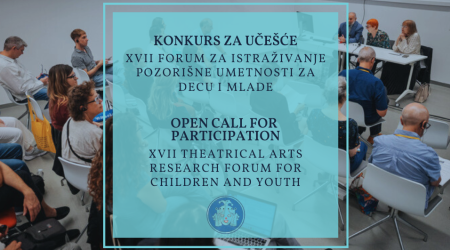 31 october 2025
31 october 2025Call for Proposals of Participants for 17th Theater Art Research Forum for Children and Youth
-
 30 september 2025
30 september 2025Outstanding Finale оf the 32nd International Festival of Children’s Theatres Subotica
-
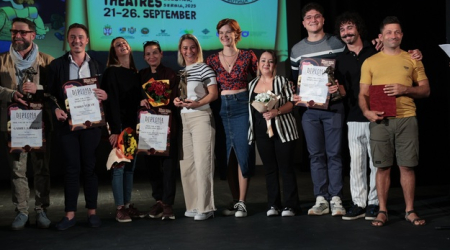 26 september 2025
26 september 2025Boxlife announced the best performance of the 32nd International Festival of Children's Theatres - Subotica
-
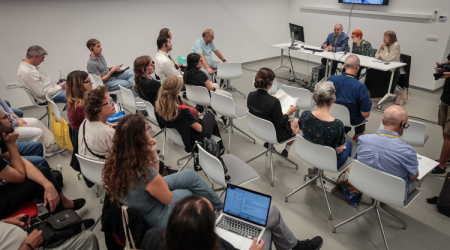 26 september 2025
26 september 2025The 16th Research Forum for Children and Youth Theatre Art concluded



